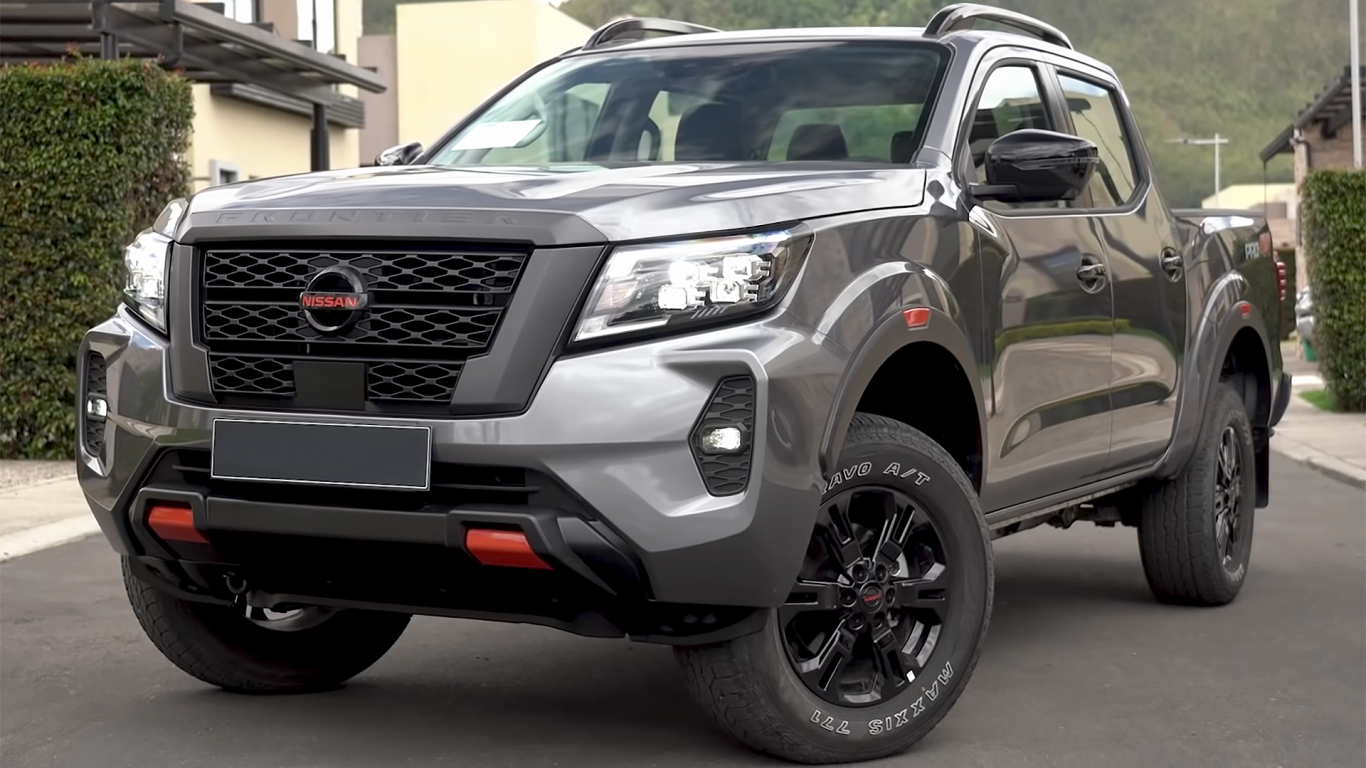Cars and Drivers
Inflation Hammers the Car Market, Driving Up Prices and Reducing Affordability

Published:

Summary
Car prices have increased as a result of changes in consumer behavior, supply chain issues, and other effects of the pandemic; however, household incomes and wage growth have not kept pace. According to the latest iSeeCars.com analysis, these price increases have resulted in drops in car affordability: new car affordability has dropped 13.3% from August 2019 to August 2022, while used car affordability has dropped 26.7% over the same period.
iSeeCars analyzed new and used car affordability over time by calculating its Car Affordability Index, which compares median household income to an idealized income for financing a car. An index value of 100 suggests household income is exactly equal to the idealized income for a car purchase. Values above 100 indicate household income is more than the idealized income and therefore cars are affordable; similarly values below 100 suggest actual income is less than the idealized income, meaning cars are unaffordable. For example, an index value of 125 means household income is 25 percent more than the idealized income, and an index value of 75 means household income is 25 percent less. The idealized income is based on typical car loan rates and terms (60 months for new cars and 36 for used cars), as well as an assumption that car payments should be no more than 10 percent of a household’s annual income.
“Due to supply chain shortages and increased demand, the rising prices of new and used cars have outpaced income growth,” said iSeeCars Executive Analyst Karl Brauer. “From August of 2019, well before the pandemic lockdowns started, to August of 2022, new car prices increased by almost 29 percent, and three-year-old used car prices increased by 52 percent, but incomes increased by only 13%. People still need to replace their vehicles, so the resulting drop in affordability means shoppers are either taking longer loan terms and paying higher interest rates, putting down less money for a down payment, or even forgoing the kind of car they originally wanted for a lower cost model in order to make ends meet.”
iSeeCars analyzed new car affordability over time beginning in April 2019 through August 2022. The iSeeCars Car Affordability Index had an average value of 88.8 through 2019, dropping to an average of 85.1 in 2020 and 84.3 in 2021, and finally an average of 79.1 in 2022 through August. “New car affordability remained relatively constant until the supply chain shortages in 2021, which have caused a more rapid decline in affordability over the past 18 months,” said Brauer.
New Cars that are No Longer Affordable
Using its Car Affordability Index, iSeeCars calculated the pricing threshold for affordable cars and analyzed new cars that were affordable between April and December 2019, before the pandemic, and were no longer affordable as of January to August 2022. Four models met these criteria.
| New Cars That Are No Longer Affordable – iSeeCars Study | |||
| Rank | Vehicle | New Car Price August 2019 | New Car Price August 2022 |
| 1 | Jeep Cherokee | $29,316 | $39,030 |
| 2 | Kia Sorento | $30,476 | $39,570 |
| 3 | Chrysler 300 | $30,146 | $39,767 |
| 4 | Nissan Frontier | $27,146 | $39,833 |
| National Affordable New Car Price | $32,702 | $36,221 | |
“The Jeep Cherokee and the Nissan Frontier had relatively low demand in their segments, but a lack of new car inventory raised the demand for these previously slow-selling vehicles,” said Brauer. “The Kia Sorento was redesigned in 2021 and had a $2,450 increase in MSRP, and the Chrysler 300c limited edition has commanded high dealer markups in recent months.”
See the rest of this post at iSeeCars.
Are you ahead, or behind on retirement? For families with more than $500,000 saved for retirement, finding a financial advisor who puts your interest first can be the difference, and today it’s easier than ever. SmartAsset’s free tool matches you with up to three fiduciary financial advisors who serve your area in minutes. Each advisor has been carefully vetted and must act in your best interests. Start your search now.
If you’ve saved and built a substantial nest egg for you and your family, don’t delay; get started right here and help your retirement dreams become a retirement reality.
Thank you for reading! Have some feedback for us?
Contact the 24/7 Wall St. editorial team.